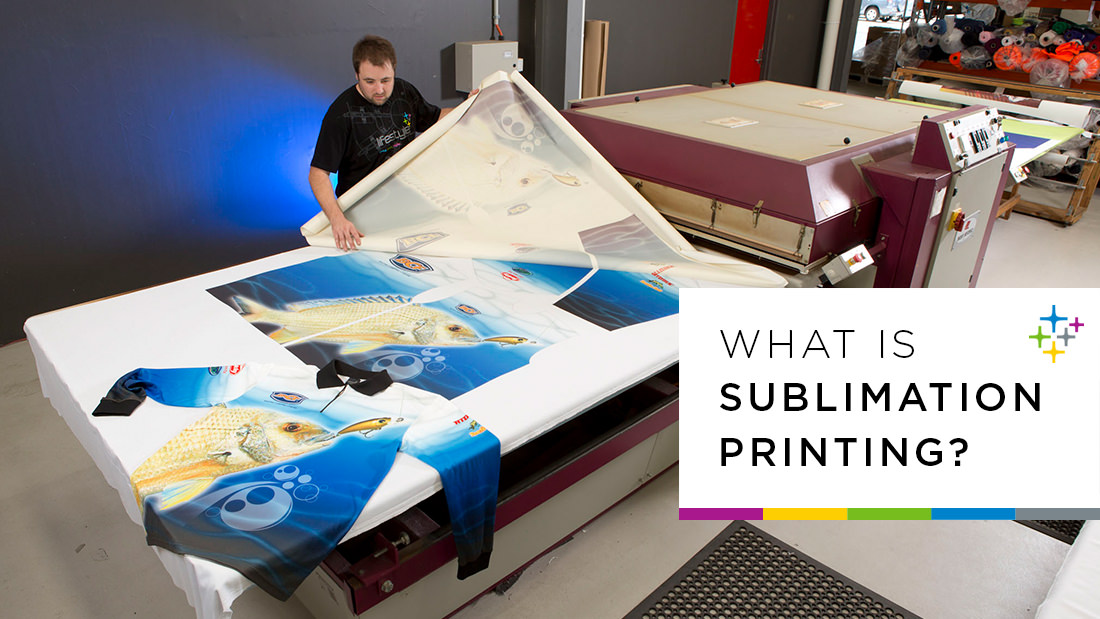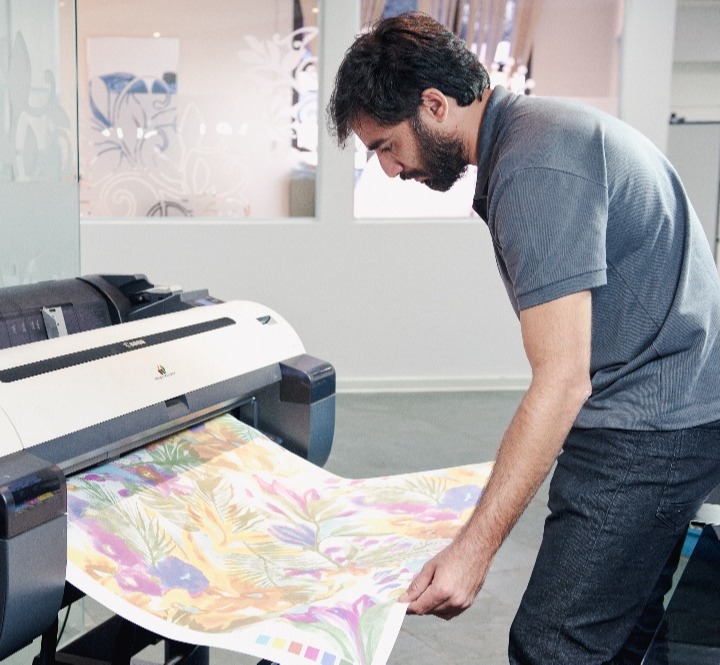A Comprehensive Overview to the Different Sorts Of Towel Printing Strategies
Each approach, from the careful workmanship of block printing to the rapid efficiency of screen printing, serves unique purposes and provides distinct benefits. Digital printing's adaptability and environmental consciousness stand in stark contrast to the swift customization of warm transfer printing.
Block Printing
Block Printing, among the oldest techniques of fabric decoration, has an abundant background that goes back to old people. Stemming in China around 220 A.D., this strategy later on spread to India and eventually Europe. The process involves carving complex layouts into wooden blocks, which are then dipped in dye and pressed onto textile to develop patterns. This technique is significant for its ability to generate extremely described and repeated styles.
The accuracy and craftsmanship involved in block printing make it a labor-intensive procedure, however it also permits a high degree of customization. Craftsmens can develop one-of-a-kind patterns by integrating different blocks or differing the application of dye. This adaptability has actually contributed to the long-lasting popularity of block printing in both modern and standard fabric style.
Block printing is specifically valued for its visual qualities, consisting of the slight variations in pattern and shade that result from the hand-printing procedure. These imperfections provide an unique personality to each item, distinguishing it from mass-produced materials. Despite breakthroughs in modern printing modern technologies, obstruct printing remains a treasured strategy, celebrated for its historic significance and creative worth.
Screen Printing
Display printing, an additional popular textile decor strategy, has changed the industry with its effectiveness and convenience. This method includes developing a pattern, called a display, and using it to apply layers of ink on the printing surface area. Each shade in the layout requires a separate display, which enables intricate and vibrant multi-colored prints.

Among the key advantages of screen printing is its adaptability to numerous sorts of materials, consisting of cotton, polyester, and blends. This method is specifically ideal for large-volume orders as a result of its cost-effectiveness and rate. The longevity of the prints is another significant advantage, as the ink bonds well with the textile, ensuring lasting styles that endure several washes.
As soon as dried out, the style is transferred onto the emulsion-coated screen making use of a UV light resource. Ink is then pressed via the stencil onto the fabric using a squeegee.
Display printing is commonly used in the style sector, marketing products, and personalized clothing. Its capacity for top quality, detailed prints safeguards its condition as a cornerstone strategy in textile printing.
Digital Printing
Digital printing has promptly become an advanced strategy in the fabric industry, leveraging innovative technology to generate high-resolution styles directly onto material. Unlike traditional approaches, digital printing uses inkjet printers to deposit pigment or dye-based inks onto fabrics, allowing lively and elaborate patterns with an impressive degree of information and color precision.
One of the primary advantages of electronic printing is its adaptability. This method enables for on-demand printing, which substantially reduces waste and reduces inventory expenses.
Additionally, electronic printing is eco-friendly. screen printing. It makes use of water-based inks and calls for less water and energy compared to traditional strategies, straightening with sustainable practices. The precision of digital printing likewise permits making use of a bigger array of fabrics, including cotton, silk, polyester, and blends, ensuring flexibility across different applications
Warm Transfer Printing
Just how does warm transfer printing revolutionize material design? Warmth transfer printing includes making use of warm and stress to transfer a layout from a specifically formulated paper onto material.
Among the main advantages of warm transfer printing is its ability to generate premium, comprehensive photos swiftly and efficiently. It is specifically appropriate for small production runs and custom orders, making it a preferred choice for tailored apparel and advertising items. In addition, this method is functional, accommodating different kinds of fabrics consisting of cotton, polyester, and blends.
In addition, heat transfer printing is fairly cost-efficient compared to various other methods, as it needs marginal setup visit here and lower preliminary financial investment - Branded clothing. This price, coupled with its capacity for creating vivid, resilient prints, highlights its crucial role in contemporary material layout

Dye Sublimation Printing
Dye sublimation printing, a sophisticated fabric printing strategy, uses unequaled vibrancy and durability for designs on numerous artificial materials. The published transfer paper is then put on the material, and both are subjected to high heat and pressure making use of a warm press.
One of the key benefits of color sublimation printing is its capability to produce continuous-tone prints with vivid shades and complex information. Unlike various other printing techniques, the dye enters into the material rather than sitting on top of it, leading to a soft and breathable coating. This method is especially effective on polyester and various other artificial materials, making it a preferred choice for sports apparel, banners, and home fabrics. Furthermore, dye sublimation is eco pleasant, as it requires no water and creates minimal waste, lining up with sustainable production practices.
Final Thought
In recap, towel printing strategies each offer distinct advantages customized to various requirements and applications. Block printing is prized for its artisanal high quality, while screen printing is helpful for high-volume manufacturing. Digital printing gives adaptability and ecological advantages, whereas warmth transfer printing is suitable for quick customization. Dye sublimation printing creates Continued brilliant, sturdy designs on synthetic fabrics. The diversity and advancement within these approaches highlight the vibrant and advancing nature of the cloth printing industry.
Each approach, from the thorough craftsmanship of block printing to the quick efficiency of screen printing, serves distinct webpage functions and uses unique benefits. Digital printing's versatility and ecological awareness stand in raw comparison to the speedy modification of heat transfer printing. In spite of developments in modern-day printing modern technologies, obstruct printing stays a treasured technique, celebrated for its historical importance and artistic value.
Dye sublimation printing, an innovative textile printing method, provides unrivaled vibrancy and longevity for designs on numerous artificial materials. Digital printing supplies flexibility and environmental advantages, whereas warm transfer printing is optimal for rapid modification.
Comments on “Why DTF Printing is the Future of Customized Apparel Production”